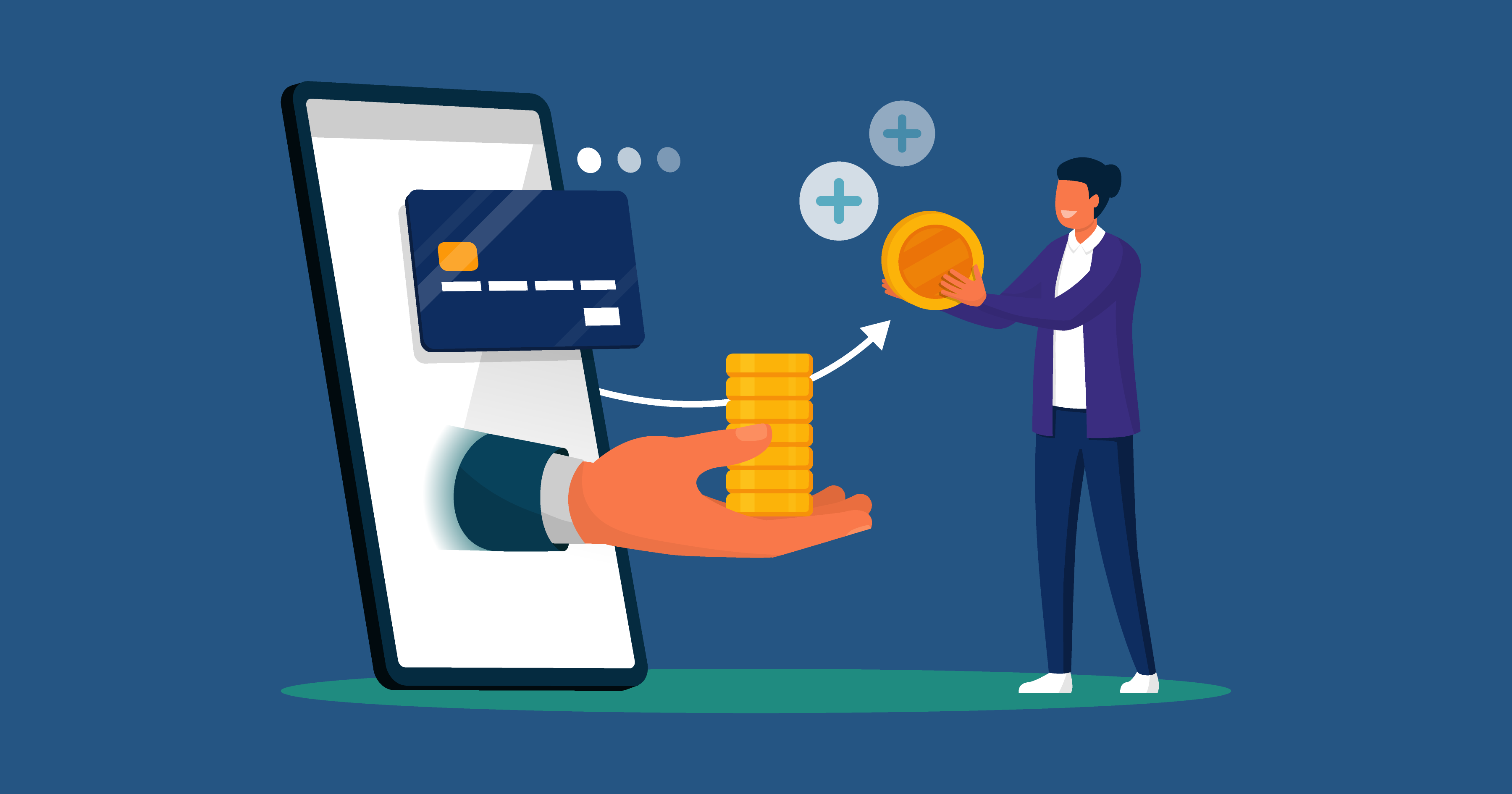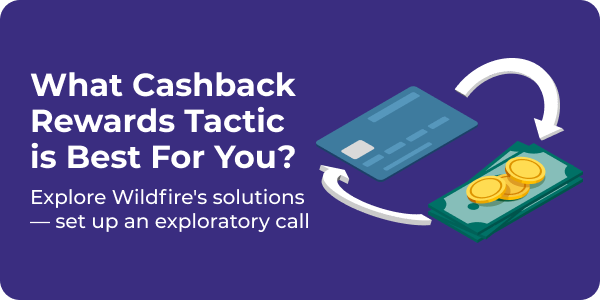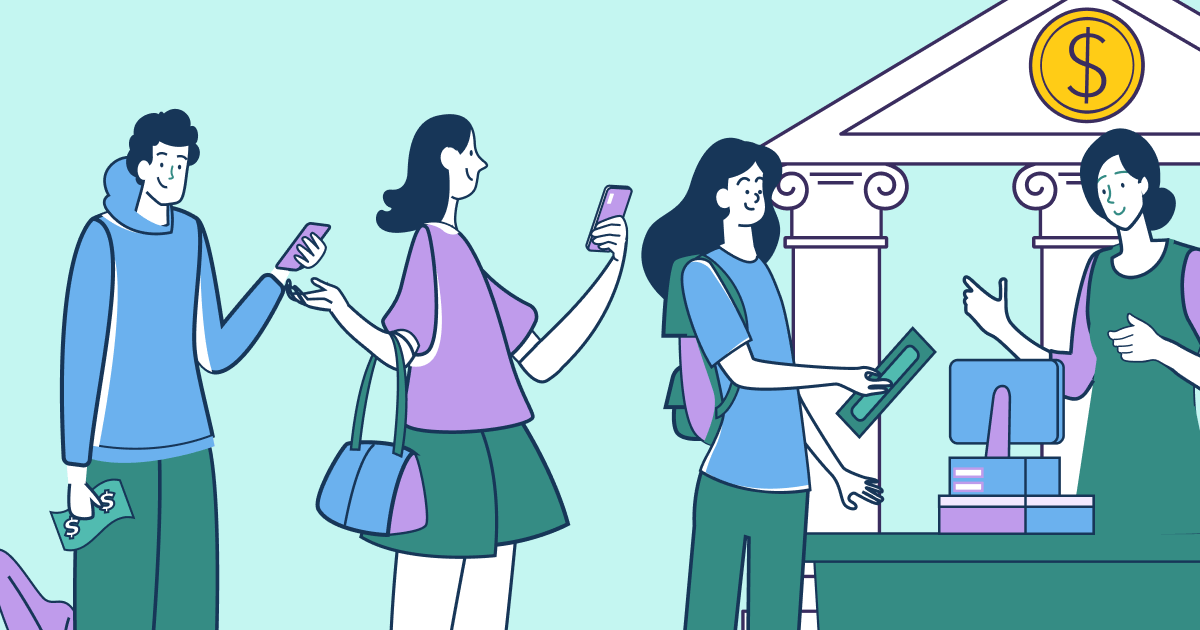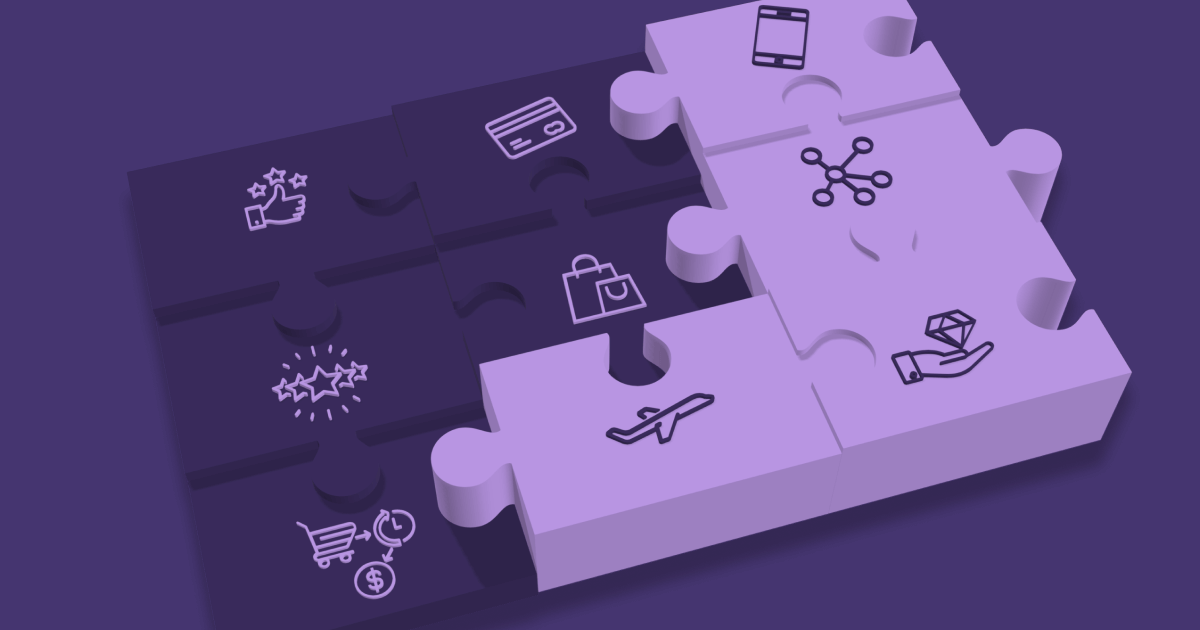Consumers, discouraged by rising prices, now seek businesses that reward loyalty more than ever. Like milk and bread, incentives — such as cashback offerings, discounts, and extra perks — are now staples of the shopping experience and consumers expect recognition of their allegiance immediately.
Many brands, acknowledging that consumers seek more value, have already created loyalty programs laden with lures and bonuses to retain customers even during economic slowdowns.
While the notion of enhancing value with loyalty programs appears to be mostly relevant to those selling goods and services, the reality is that today’s concept of customer loyalty extends beyond retailers, to financial service providers and other business categories as well.
Why Loyalty Matters
Loyalty pays off for all parties involved. Companies, knowing that consumers like bonuses and rewards, push loyalty programs to give customers more value in tough economic times. In turn, businesses receive payback in the form of customer retention and spending: 55% of restaurant loyalty customers increased their average check size according to a Paytronix Systems study, which also noted 5% to 17% of overall business revenue is driven by the most loyal 2% to 3% of customers.
An Intouch Insight survey showed that 94% of people polled belonged to at least one loyalty program. However, price increases and economic insecurity leaves consumers expecting more from even non-traditional loyalty rewards sources - particularly their financial institutions, many of which already have front-row views of rising consumer costs and increased card use.
In light of inflationary pressures, American households increasingly turn to loyalty programs. Wildfire's recent shopping rewards whitepaper based on a consumer survey in Summer 2022, “Online Shopping Rewards Have Gone Mainstream, Offering a Win for Banks, Retailers, and Consumers Alike,” found that due to rising prices, 90% of U.S. consumers are more interested in receiving discounts, utilizing coupons, and earning cashback rewards. Among other findings, there was huge demand for credit card rewards programs with 63% of consumers expecting to receive shopping rewards from their credit cards and 22% from their bank; and almost a quarter of respondents reported they would switch, or had already switched, banks to a competitor offering a cashback rewards program or a better version than their current bank.
The Six Types of Loyalty Currencies Customers Care About
In light of burgeoning consumer demand for loyalty program rewards, incentives, and discounts, here is a closer look at the six types of loyalty rewards currencies customers care about (according to Australian company The Point of Loyalty), and how different types of companies can use the various types to build a loyalty program with rewards that make sense for a given type of business and its customers.
1. Community – helping compatible groups.
Companies looking to connect with their customers beyond a transactional relationship could consider donations that help connect their customer base to a common cause. Companies can also consider donating a percent of profits to groups their customers can select.
Another way to provide community-oriented benefits to loyalty program members is to offer a “Family and Friends” dedicated shopping day or special discount code. Or, give members access to an exclusive learning forum (e.g. for software companies) where customers can share their own expertise, plus get access to product experts. Finally, one more option for providing community-enhancing loyalty rewards is giving members exclusive access to a network of brand ambassadors sharing next-level tips on how to use a product or service to its fullest.
2. Choice - provide flexibility to choose rewards.
Customers don’t necessarily want to be locked-in to one type of redemption reward. Where possible, give customers the choice of how they’d like to receive their reward. An example is credit cards that offer the flexibility to choose between cashback, a statement credit, or gift card redemption at the customers’ retailer of choice. Do not force customers down a narrow path to redemption.
One way to offer the ultimate in redemption flexibility is to offer cashback rewards that consumers can spend anywhere. Consumers place a high value on cashback rewards programs: almost 80% of respondents in the Wildfire survey prefer cashback over other card reward types, such as points or travel rewards.
3. Personal/memorable - show me you know me.
Companies should offer loyalty members an extra level of exclusivity, in the form of personalized perks, where possible, related to their past purchase history, the types of content they most consume, the product features they use the most, etc. Some examples of personalized rewards include retailers offering members a sneak peek of upcoming assortments. Bath & Body Works, for instance, offers its loyalty program members early access to forthcoming fragrances.
As well, software firms (or any other type of business that frequently rolls out new offerings) releasing new features can offer a preview and/or access to a beta testing group to their loyal customers.
4. Time - save customers’ time.
Another way to add value is to make consumers’ lives easier by making them spend less time chasing down or activating discounts for rewards. Companies must make a program easy to understand - reducing the complexity to ensure more customers participate, and spend less time agonizing over program terms. One consideration: most consumers believe rewards and discounts offered in-the-moment as they shop is the easiest way to access them.
In fact, Wildfire survey responders reacted overwhelmingly in favor (more than 90%) to having rewards applied automatically at checkout, almost 90% reacted favorably to click-to-activate shopping rewards, and 87% indicated that receiving emails with special offers would make shopping easier for them.
5. Experiential - create memories.
This type of loyalty currency is typically most applicable to restaurants, concert halls, theme parks, etc. - anywhere there is a “destination” with an experience to be “consumed.” So how can a business enhance that experience at the given destination?
Using the examples above, members could get special perks like an exclusive cocktail at a restaurant, priority seating at a show, priority queueing at a theme park, etc. When customers know that their brand loyalty is getting them a better experience than non-loyalty-program members, they’ll in turn remain loyal to keep getting those exclusive experiences.
6. Financial - anything that can help the customer spend less.
This might be the most favorable reward currency nowadays. Technically speaking, financial loyalty program rewards can come in the form of coupons or discounts, or as special gifts or loyalty points. But keep in mind consumers prefer a financial remuneration - especially in a challenging financial environment.
When asked about “the different ways of accessing rewards you might earn rewards for shopping” almost 80% of those surveyed chose cashback. Consumers not only prefer cashback rewards but 85% of respondents said they prefer their current financial institution to offer cashback rewards and discounts for online shopping.
Considering each type of loyalty program rewards currency, and the ways each one relates to a specific brand and customers' values, is key. Ultimately it’s about delivering on customers’ real needs to provide value and ultimately boost their engagement and long-term loyalty with a brand.







